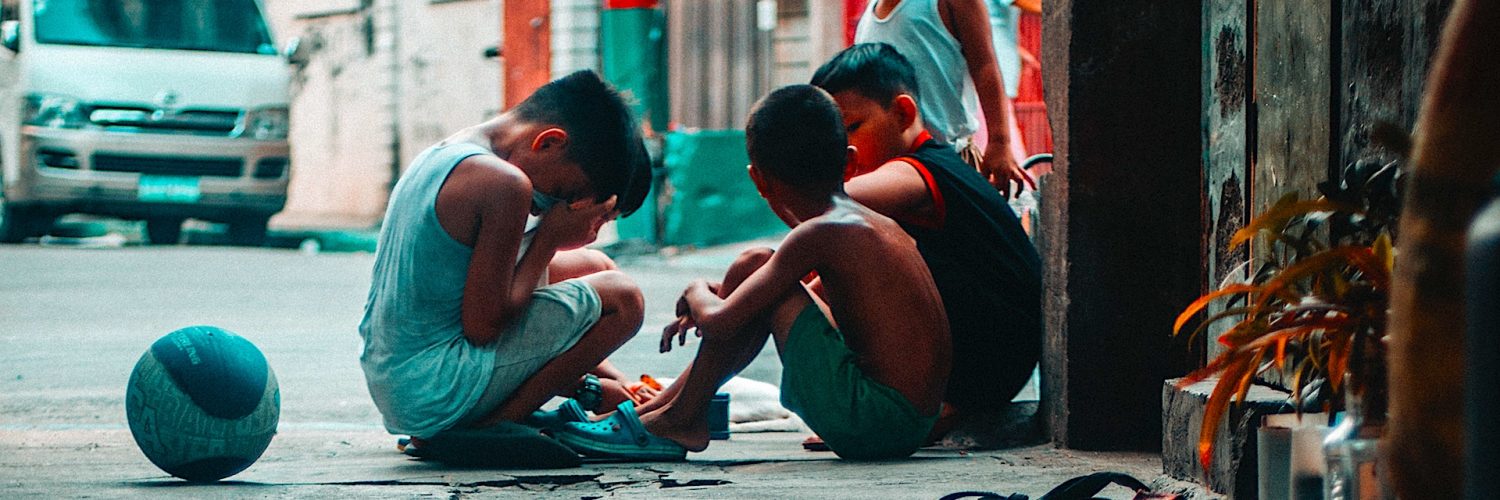Philanthropy in the Philippines: A Legacy of Giving and Community Building
The Philippines, an archipelago of over 7,000 islands, is not just known for its breathtaking landscapes and rich cultural heritage, but also for its long-standing tradition of philanthropy. From the indigenous practices of bayanihan to the modern-day charitable institutions, the spirit of giving has been deeply embedded in the Filipino psyche. This article delves deep into the roots, evolution, and current state of philanthropy in the Philippines.
1. Historical Roots of Filipino Philanthropy
Long before the Spanish colonization in the 16th century, the indigenous communities in the Philippines practiced a form of mutual aid known as bayanihan. This term, derived from the word bayan (community or town), signifies the spirit of communal unity or effort to achieve a particular objective. In its most iconic representation, villagers would help a family move by literally carrying their entire bamboo house to a new location. This practice symbolizes the Filipino value of helping one another in times of need.
The Spanish colonization introduced new forms of philanthropy, primarily driven by religious motivations. The friars and missionaries established various charitable institutions, including orphanages, hospitals, and schools. The church became a significant player in philanthropic endeavors, shaping the way Filipinos perceived and practiced charity.
2. The American Era and the Birth of Institutional Philanthropy
The American colonial period (1898-1946) saw the introduction of organized philanthropy. American colonial policies emphasized civil liberties, public education, and public health. This period saw the establishment of many schools, hospitals, and public health institutions, often funded by American philanthropists or the colonial government.
The establishment of the University of the Philippines, funded by the American colonial government, and the Philippine General Hospital, supported by American philanthropists, are testaments to the growing institutionalization of philanthropy during this era.
3. Post-Independence Era: The Rise of Filipino Philanthropists
After gaining independence in 1946, the Philippines saw the rise of prominent Filipino philanthropists. Business tycoons, such as Henry Sy, Lucio Tan, and the Ayalas, established foundations that catered to various causes, from education and health to livelihood and disaster relief.
The SM Foundation, for instance, has been at the forefront of providing scholarships to underprivileged students, while the Ayala Foundation focuses on education, youth leadership, sustainable livelihood, and arts and culture.
4. Modern-Day Philanthropy: Diverse Approaches and Challenges
Today, the landscape of philanthropy in the Philippines is diverse. It ranges from individual acts of charity, corporate social responsibility (CSR) initiatives, to the work of local and international non-governmental organizations (NGOs).
The rise of technology has also paved the way for innovative approaches to giving. Crowdfunding platforms, such as GoGetFunding and The Spark Project, have made it easier for individuals and groups to raise funds for various causes.
However, modern-day philanthropy in the Philippines is not without challenges. Issues such as lack of transparency, redundancy of efforts, and the need for sustainable impact are constant concerns. The recent years have also seen debates on the role of philanthropy in perpetuating power imbalances and the need for more participatory and community-led approaches.
5. The Future of Philanthropy in the Philippines
The future of philanthropy in the Philippines looks promising. The younger generation, with their global exposure and access to technology, are more socially aware and eager to make a difference. There’s a growing emphasis on sustainable and impact-driven philanthropy.
Moreover, there’s a noticeable shift towards collaborative philanthropy. Instead of working in silos, individuals, corporations, and NGOs are coming together to pool resources, share expertise, and maximize impact.
Philanthropy in the Philippines has come a long way. From the communal practices of bayanihan to the establishment of large charitable institutions, the spirit of giving has always been a part of the Filipino identity. As the country faces new challenges and opportunities, it’s evident that the legacy of giving and community building will continue to shape its future.
Note: While this article provides a comprehensive overview of philanthropy in the Philippines, it’s essential to remember that the topic is vast and multifaceted. There are many more stories, initiatives, and nuances that could be explored in more depth.
















Add comment